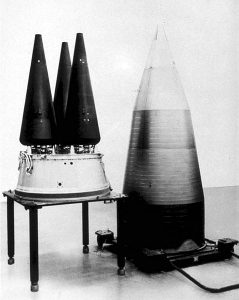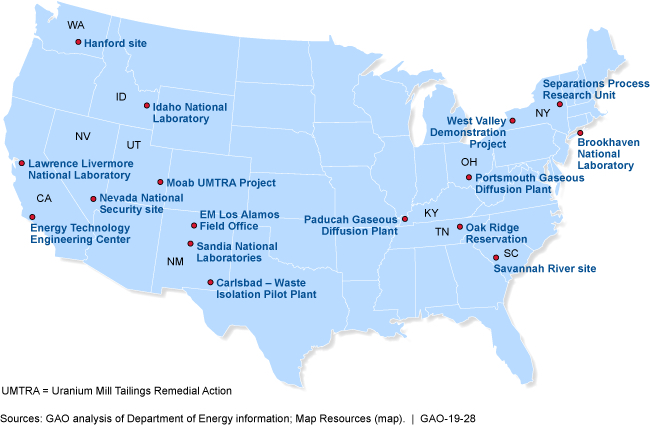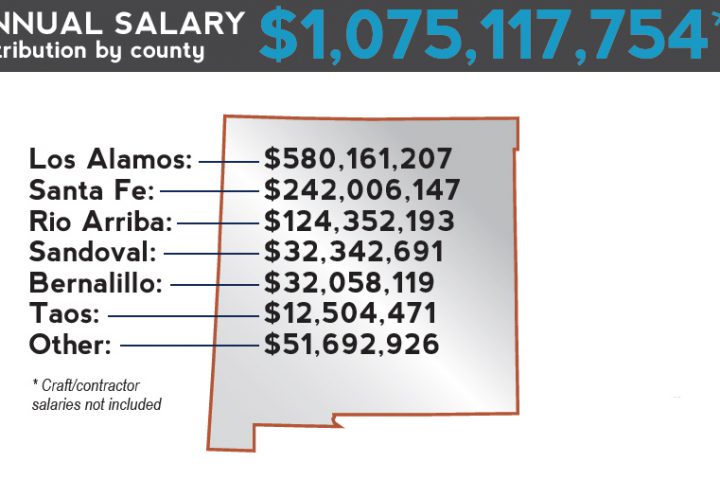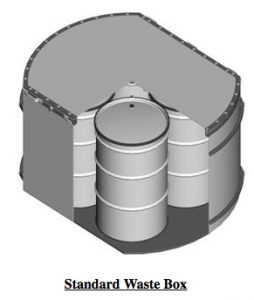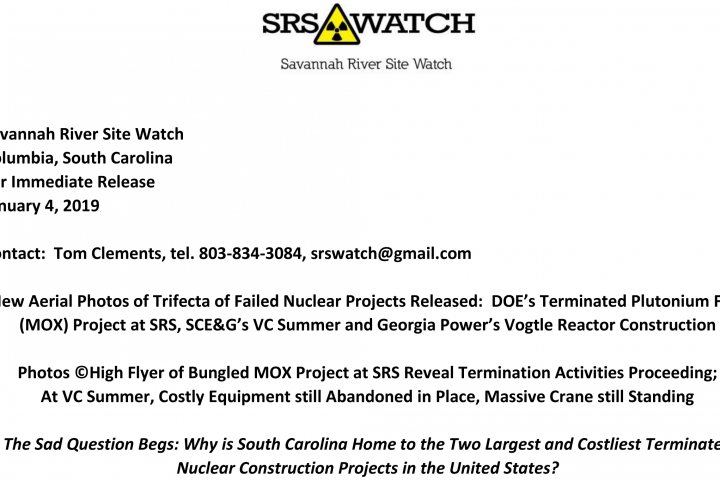CBO is out with its every two year update on the cost of nuclear weapons over the next 10 years: https://www.cbo.gov/
[Credit: Kingston Reif of the Arms Control Association]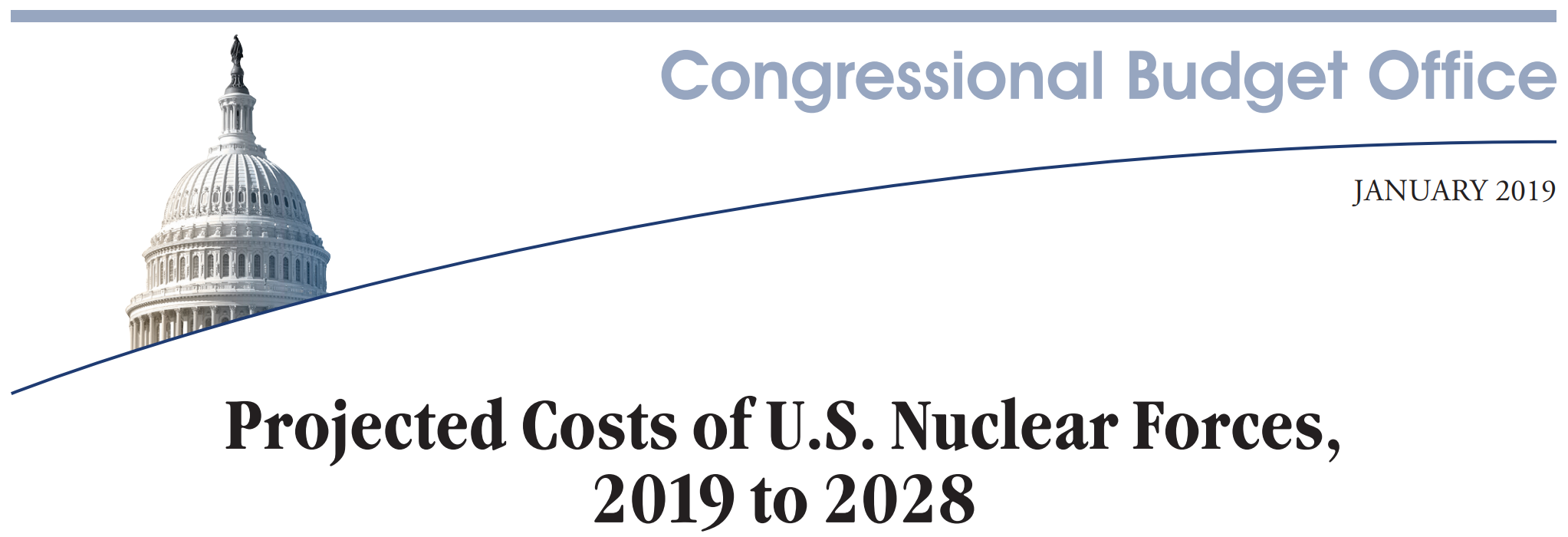
New CBO report: Nuclear weapons to cost half a trillion over the next decade
CBO projects $494 billion (in then-year dollars) in spending to sustain and modernize U.S. nuclear forces between FY 2019 – FY 2028 ($559 billion if you attribute 100% of the costs of strategic bombers to the nuclear mission). This is a major increase of $94 billion (or about 23%) above the projection of $400 billion in the last ten-year report covering FY 2017 and FY 2026.
The report also includes an estimate of the projected cost of some of the additions in the Trump NPR (the LYD5, a new SLCM, and increased pit production), which CBO puts at $17 billion through FY 2028.
The increase from the 2017 to the 2019 reports is due to several factors, including the report captures two additional years in the late-2020s when modernization is in full swing, the costs of some of the additions from the Trump NPR, and increases in the projected costs of some programs.
Overall the report highlights the growing cost of nuclear weapons, even relative to earlier projections, and reinforces the message that the Trump plans are unnecessary and unsustainable and that less expensive alternatives are available to sustain a credible arsenal.
View Reif’s Twitter thread on the report here: https://twitter.com/KingstonAReif/
